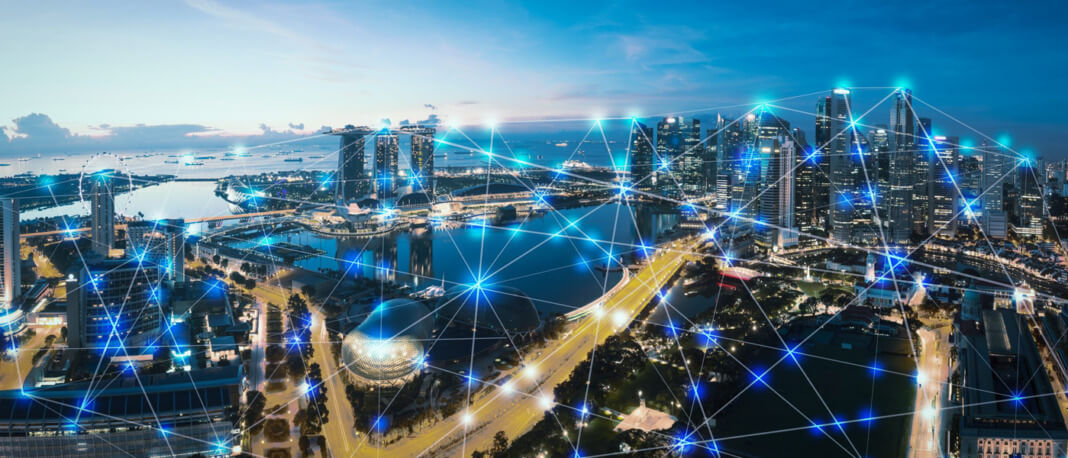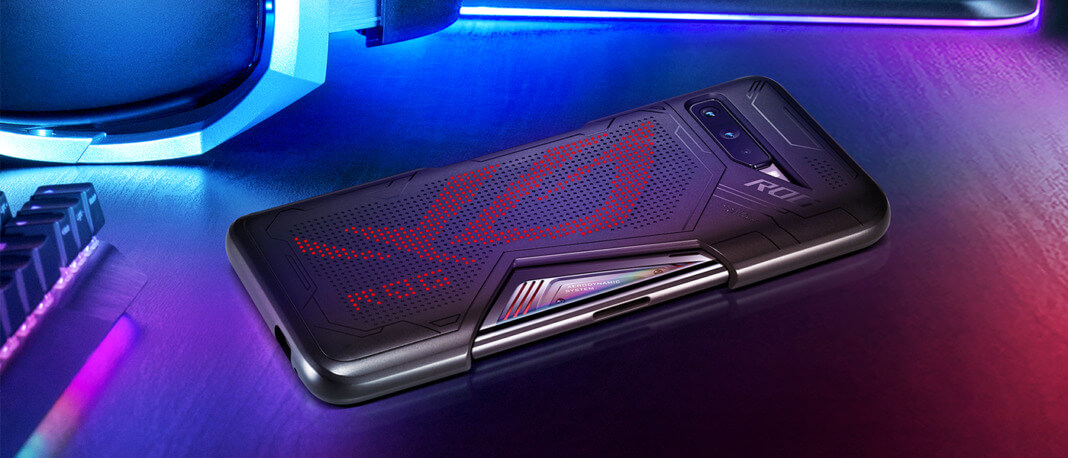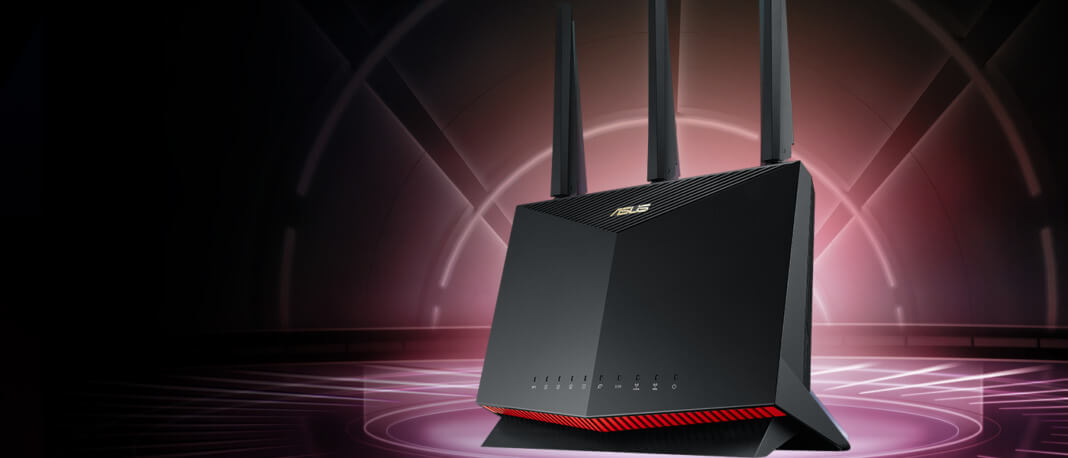The Internet of Things (IoT) is one of the most rapidly expanding industries on the planet, and this should come as no surprise. With the rise of endless security devices, assistant devices like the Amazon Alexa and Google Home, and much more, as well as the increase in popularity of all of the above, it’s easy to see why hyper-growth is predicted over the coming years.
However, as the industry twists and flows forward, we’re starting to learn more about what works and what doesn’t, and what other technologies are needed to ensure IoT success. One of these technologies is implementing a digital workflow automation.
There are endless ways in which digital automation can be bought into IoT processes and endless benefits it can bring, which is what we’re going to focus on today.
This article by Kristin Herman, a tech enthusiast and a project manager at UK Writings and Academized, explains how IoT is connected with digital workflow automation.
Using smart sensors and workflow-related triggers
This is an easy point to consider and is the basis for workflow automation. Let’s say you have a smart office or server room you need to keep at a certain temperature. When the temperature gets too high or too low, the thermometer detects this and triggers the workflow.
The workflow could control fans that raise or drop the temperature automatically. This means there’s no need for humans to check the rooms nor do anything. Everything is controlled efficiently and automatically.
It’s not about robots (yet!)
When people think of the future, they think of robots coming in and automating everything and taking away jobs from humans. This is not the case. It’s worth saying that this may be the case in the future, but at the moment, IoT technology is being used to assist humans in their jobs and minimise the risk of error.
For example, imagine a smart GPS unit fitted to a work van that automatically tracks miles and logs them at specific triggers. The workflow also monitors break times, traffic times, and distance travelled. This means the driver doesn’t have to think about this, thus, less room for error.
Everything works in real-time
Workflows are becoming increasingly important in businesses already because you can easily see what state a business is in and where everything is because everything is being digitally managed.
Let’s say there’s a production factory that bottles beer. Since most of the processes will be taken care of by a computer, you can easily track orders and identify any problems that may arise.
Again, humans are still needed to carry out the tasks to work the machinery, but far fewer hours are required, as well as less supervision. Say the bottle caps for the bottles have emptied. The workflow will have a trigger that detects this, notifying the machine operator who can fill it up instantly.
This means production time is optimised because the operator knows exactly what’s going on at all times, and there’s no need to hunt around to try and find the issue that is preventing production from taking place. Of course, there is seemingly an infinite number of ways this kind of technology can be integrated into any business.
It’s all about getting creative.
One thing holding it back
Hand in hand with the consideration above, integration is the main problem that is holding the technology back. Businesses need to start thinking about how digital workflow automation can be used with IoT triggers and sensors, and what kind of benefits it can bring.
The more creative you can be, the more benefits you’re probably going to see. Remember, the key points to remember here are saving time and resources, and making everything more accurate and efficient, highlighting key areas when you think these changes can be made.
Conclusion
While there are some challenges to think about when it comes to integrating digital workflow automation to IoT technologies, there’s certainly progress being made, and it’s exciting to see where all this technology will take us in the future.






